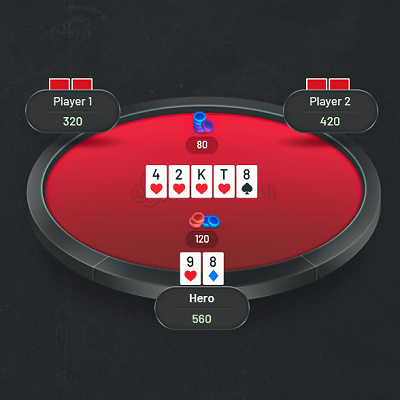
Position at the Poker Table
Understanding your position at the poker table is vital. It influences your gameplay, strategies, and overall success rate. This article delves deep into poker table positions and offers insights into mastering positional play for both beginners and seasoned players.
Position is a crucial element in poker. It can dictate how a hand should be played.
- Advantages: Being in a late position provides more information about how others have acted, allowing for more informed decisions.
- Limitations: Early positions limit the information available and often require a more conservative approach.
Determining the Turn Order
Turn order refers to the sequence in which players act during a betting round.
Factors: The dealer button determines the starting point and the action moves clockwise around the table. Trying out and applying various strategies is offered on the Tivoli casino website, where each player can choose from which position to start the poker game round.
Long Table Poker Positions
Typically, a long table refers to games with 9-10 players.
Early Positions (EP):
- Under the Gun (UTG): First to act post-flop, requires a strong hand to play.
- UTG+1 & UTG+2: Still considered early, but have slightly more flexibility.
Middle Positions (MP):
- Positioned after EP and have more information available, allowing for a broader range of hands.
Late Positions (LP):
- Cutoff (CO): Directly to the right of the dealer button, very advantageous as only two players act after.
- Button (BTN): The most powerful position, as they act last post-flop.
Blinds:
- Small Blind (SB): To the left of the BTN, second-last to act pre-flop but first post-flop.
- Big Blind (BB): Last to act pre-flop.

Short Table Positions
A short table typically consists of 5-6 players.
- Early Position: Only one player, similar to UTG.
- Middle Position: The following player, similar to MP in a full game.
- Late Positions: This includes CO and BTN.
- Blinds: SB and BB remain consistent.
What is Positional Play?
Positional play refers to the strategic adjustments made based on one’s position at the table.
Importance: Position determines how many players act after you, impacting your playable hand range and betting strategy.
Positional Tactics
- Tight Play in EP: Since you’re acting with limited information, only play premium hands.
- Flexible Play in MP: With more information, you can expand your range slightly.
- Aggressive Play in LP: Utilize the information from players who have already acted to make bolder moves.
Tips for Beginners on Mastering Positional Play
- Stay Aware: Always be conscious of your table position.
- Adjust Your Hand Range: Tighter in EP, looser in LP.
- Observe Opponents: Notice tendencies based on their positions.
- Practice: The more you play at Tivoli casino, the more you will understand the nuances of positional play.
